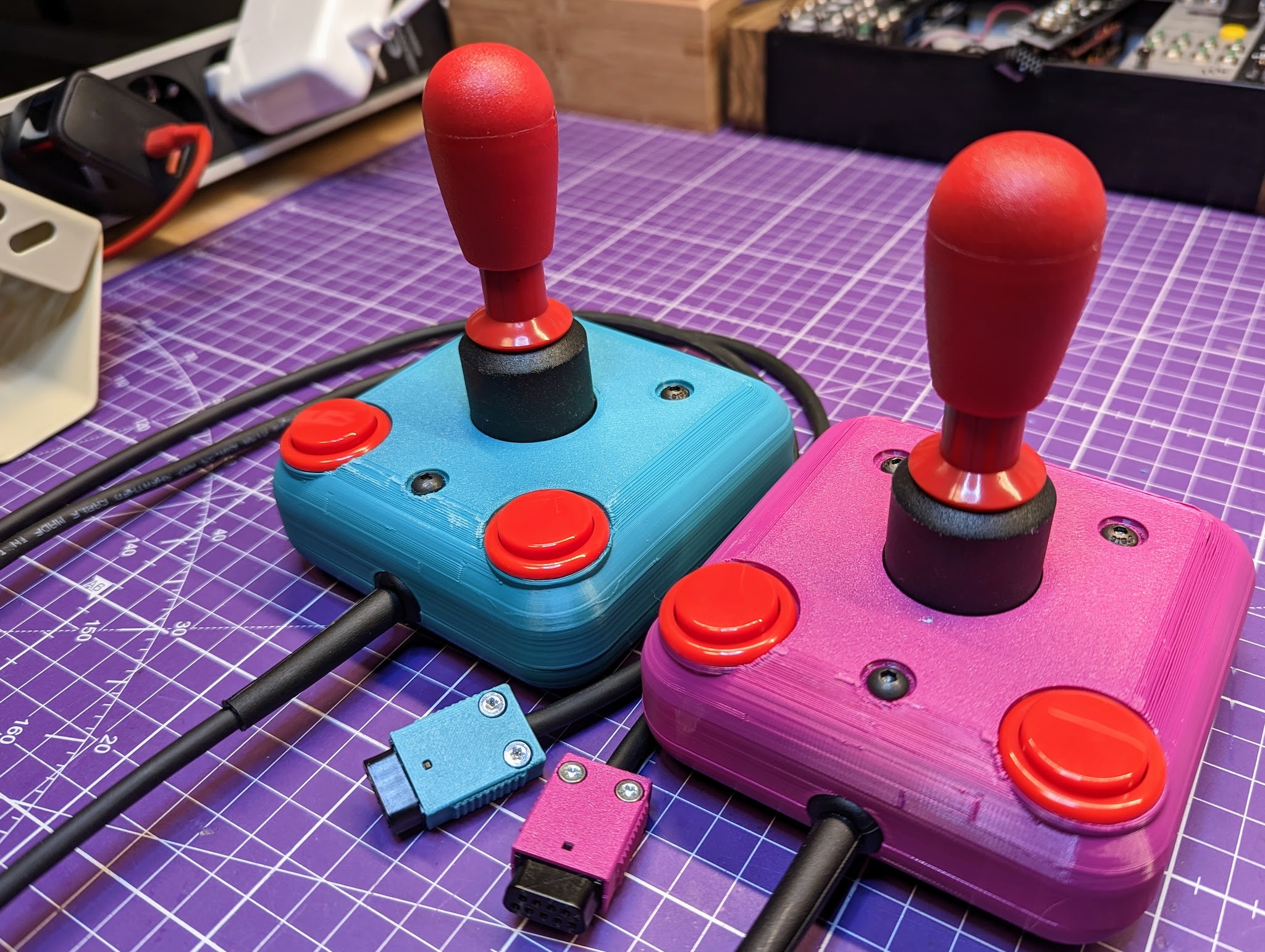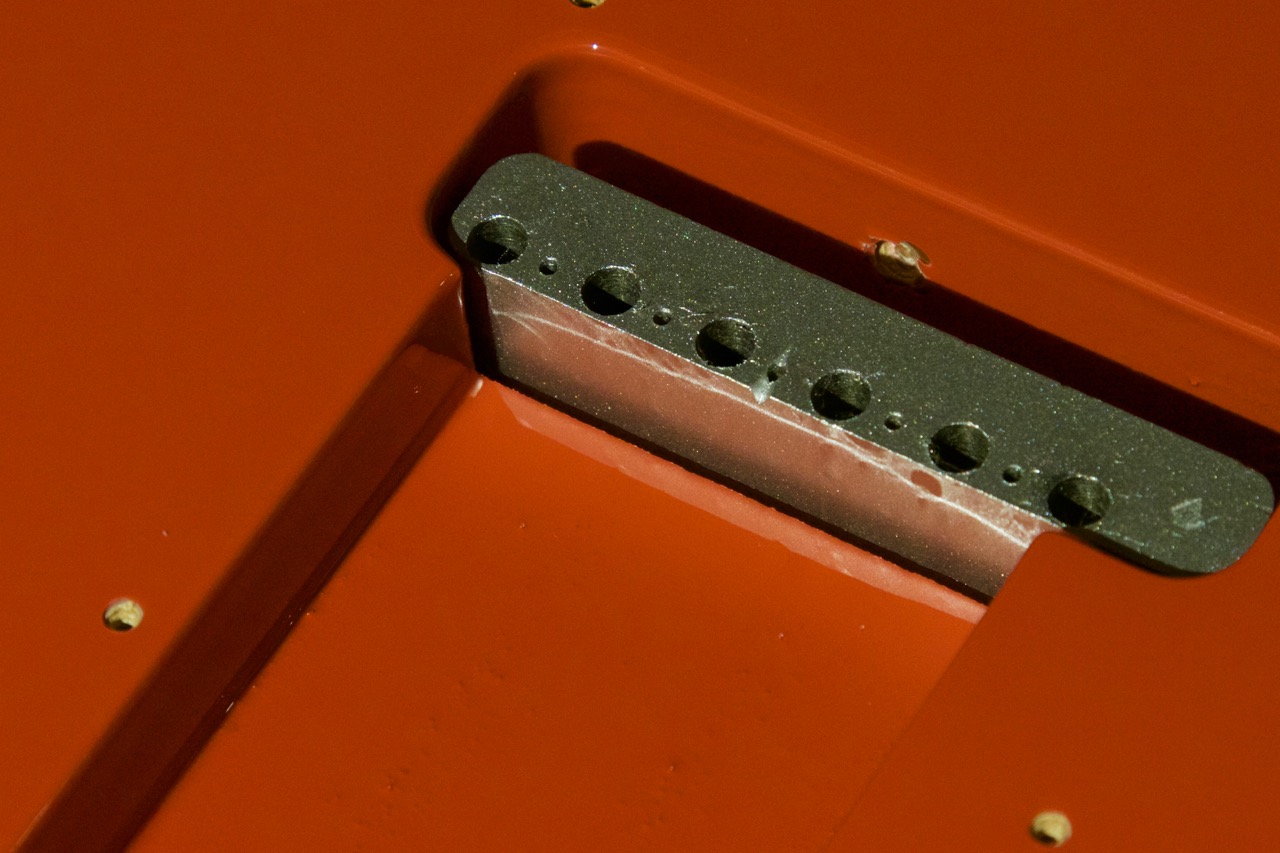Among those who grew up playing with Commodore C64s, Sinclair ZX Spectrums, Amigas and Atari STs - computers that all shared the ubiqutous DB9 joystick port - a common sentiment is that two models of joysticks were above all others. One is the Competition Pro, which is still available to buy as a brand new reproduction. For those who didn’t like the noise or feel of microswitches used on the Competition Pro, the joystick of choice was usually the Suncom TAC-2.
Given that the TAC-2 has been out of production for a long time already, even second-hand examples command a fairly high price on the market. Those looking to purchase some for use with their retro computers, here’s a quick introduction to the TAC-2 and how to fix some of the typical problems encountered with these joysticks.





